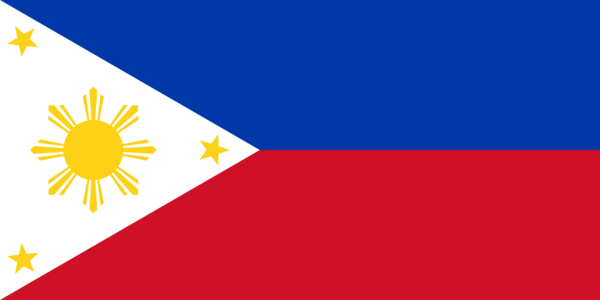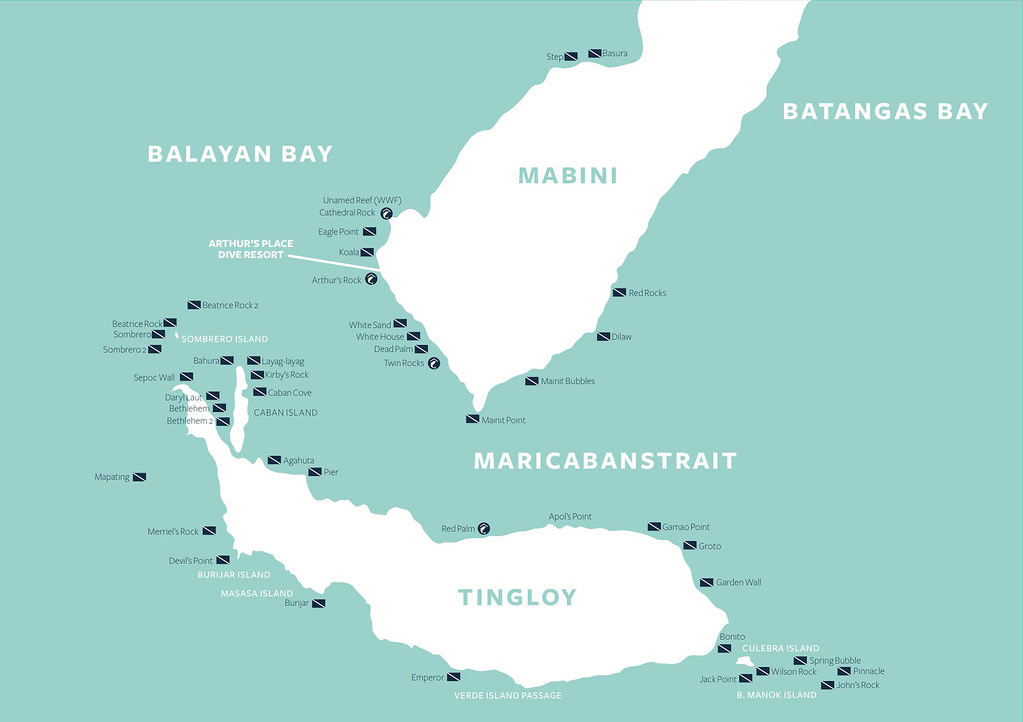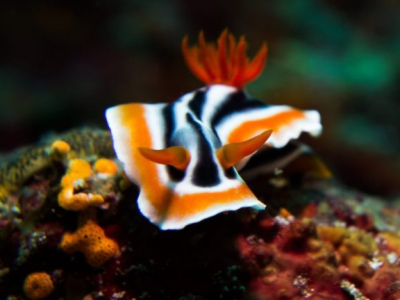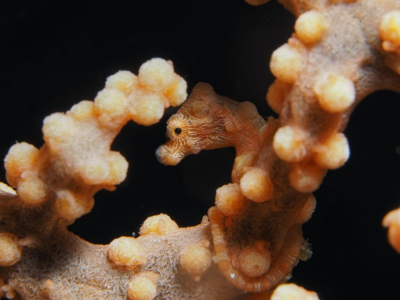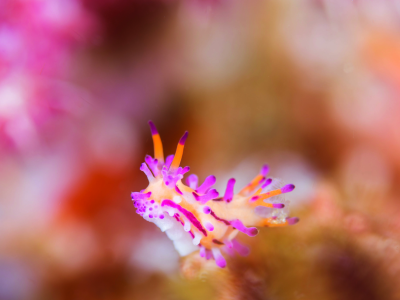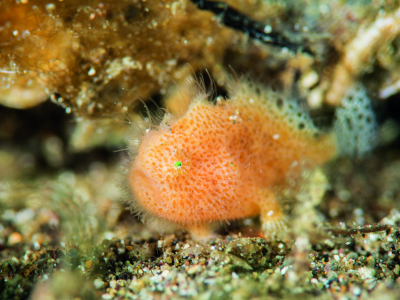| Secret Bay | In the early 2000s, interesting tiny critters were initially found in a muck site in Mabini called Basura, which actually means trash. The site’s marine life adapted to grow among the trash (tires, shoes, bottles) it had and made it their home.
There are shrimps, seahorses, pipefish, shrimpfish, nudibranchs, tiny frogfish, bobbit worms, scorpionfish, lionfish, octopi, and more. Since then, there was a look-out for similar sandy habitats and soon came a site called Secret Bay.
It was initially named that way because some underwater photography enthusiasts who knew about it wanted to keep the newly found critters for themselves until of course, word leaked out. Secret Bay was simply a wide area of sand, with no trash that slopes gradually all the way down to 40 meters.
The tip among first-time muck divers then was to simply kneel down on the sand and wait until your eye catches something that moved. True enough, all those who did such, would see a movement so small, usually happening at the corner of their eye, and to their surprise, were the usual critters you’ll see, but found at an average size of a grain of rice. They were too small that later on gave way to a market that needed dioptres among macro lenses to help magnify these subjects. |
| Anilao Pier | The Anilao Pier is also an interesting site to visit, most especially at night. Expect a lot of worms, small fish, and shrimps, swimming toward your dive light. There is a chance that some of them might get stuck in your ear. So, make sure you have your neoprene hood with you to help cover your ears.
Anilao Pier seems to have its flavor of critters in seasons. There are times that it houses different octopi. After a short while, there will be absolutely no octopus insight; however, gurnards, stargazers, and rays would populate it.
Then, after another season comes a totally different set of marine species in Anilao Batangas again. So, it’s always fun and exciting to visit this shallow pier. Just like a box of chocolates, you’ll never know what you’re gonna get!
Other muck locations include Haydi’s, Bethlehem, and more. Among small patches of corals in these muck locations are numerous marine species of clownfish, shrimps, sea moths, wasp fishes, stonefishes, flounders, worms, seahorses (specifically the pygmy seahorse), pipefish, shrimpfish, and more! Train your eyes from the way these creatures display their camouflage.
Immerse yourself within its flourishing biodiversity. Wallow among schools of jacks in either Dive and Trek or Twin Rocks. Almost everywhere are butterflyfishes, angelfishes, spadefishes, surgeonfishes, rabbitfishes, scats, moorish idols, damselfishes, snappers, barracudas, mackerels, needlefishes, groupers, hawkfishes, sweetlips, puffers, cardinalfishes, and more. |
| Sombrero Island | Get to amaze yourself among schools of fusiliers as if they were colored rain underwater in places behind the Anilao dive sites within the area of Sombrero Island. Sombrero means hat, and that’s how that island exactly looks like.
It complements the name of a famous dive site right behind it called Batoc, which means nape. It is a beautiful coral garden where millions of these fusiliers play and reside. The currents can be strong in this area and may lead you to its neighboring dive site, Beatrice. |
| Daryl Laut | If you’re up to diving wrecks, the most prominent one is found in between Maricaban and Caban islands, called Daryl Laut. It was once a floating casino. What remains is a huge network of girders where an abundance of coral life found a home.
It lies on a slope from 10 meters stretching all the way down to 40 meters. There is a friendly school of resident batfish, and from time to time, giant trevallies come to check divers out. Its marine life is perfect for either wide or macro photography. |
| Twin Rocks | If you simply prefer to do a shore entry along Mabini to see a rich coral garden, you may visit Twin Rocks because there are two huge rocks underwater that sit a meter apart, covered much with coral and fish life.
There are resident juvenile turtles, one of which is described as a humpback. There is a school of yellow snappers too. It truly is a haven among photographers, whether they’re on macro or wide. |

